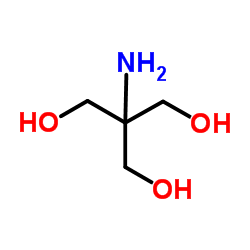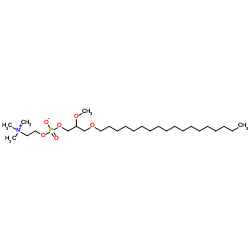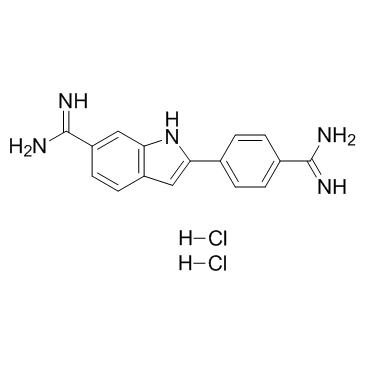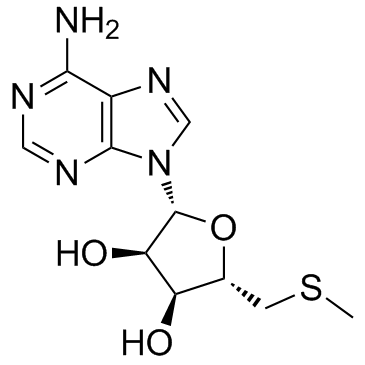| Structure | Name/CAS No. | Articles |
|---|---|---|
 |
Hydrochloric acid
CAS:7647-01-0 |
|
 |
sodium dodecyl sulfate
CAS:151-21-3 |
|
 |
Ascorbic acid
CAS:50-81-7 |
|
 |
Trometamol
CAS:77-86-1 |
|
 |
Water
CAS:7732-18-5 |
|
 |
Edelfosine
CAS:70641-51-9 |
|
 |
Dexamethasone
CAS:50-02-2 |
|
 |
4',6-Diamidino-2-phenylindole dihydrochloride
CAS:28718-90-3 |
|
 |
Adenylthiomethylpentose
CAS:2457-80-9 |